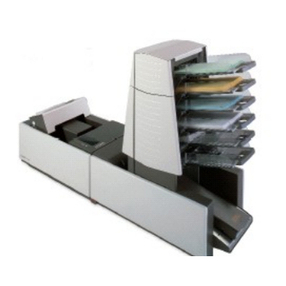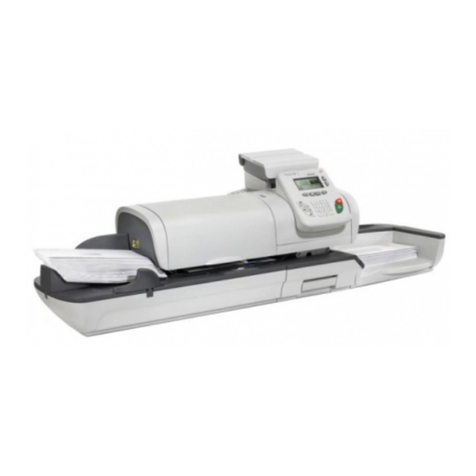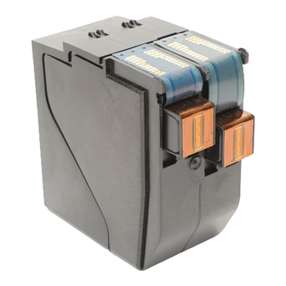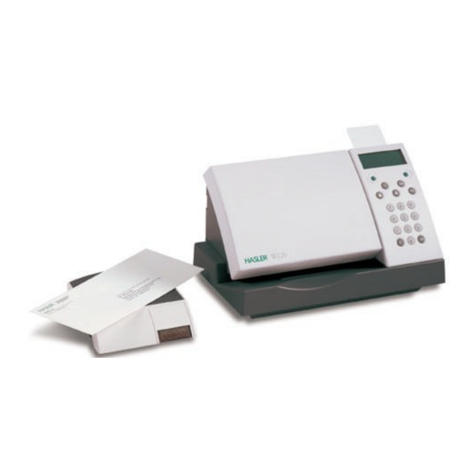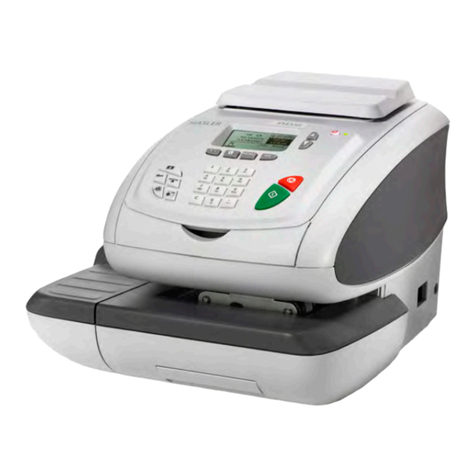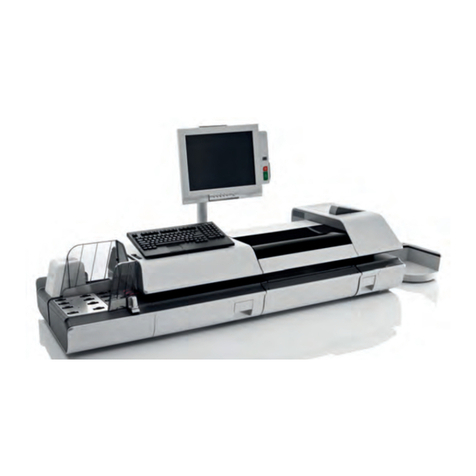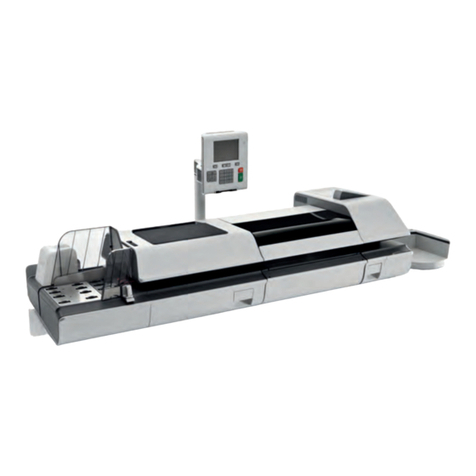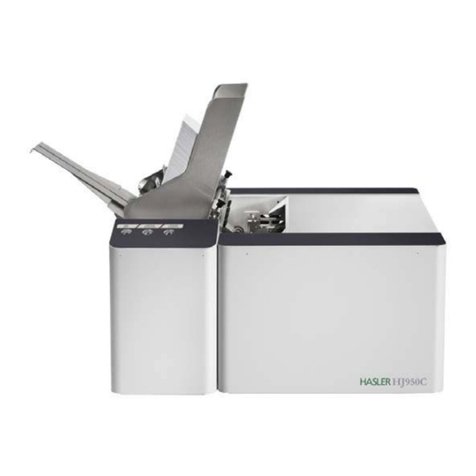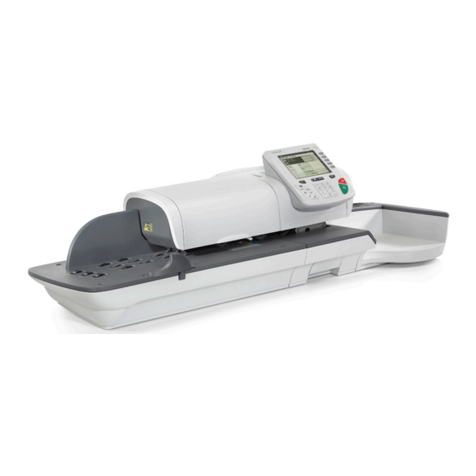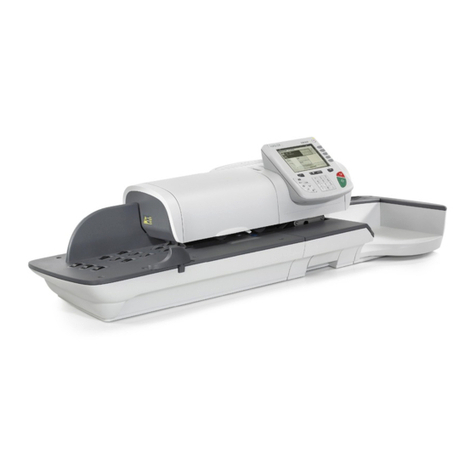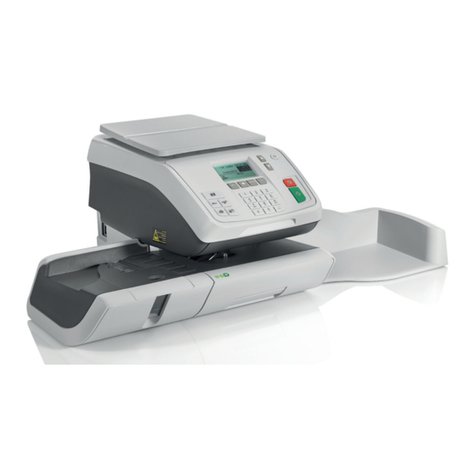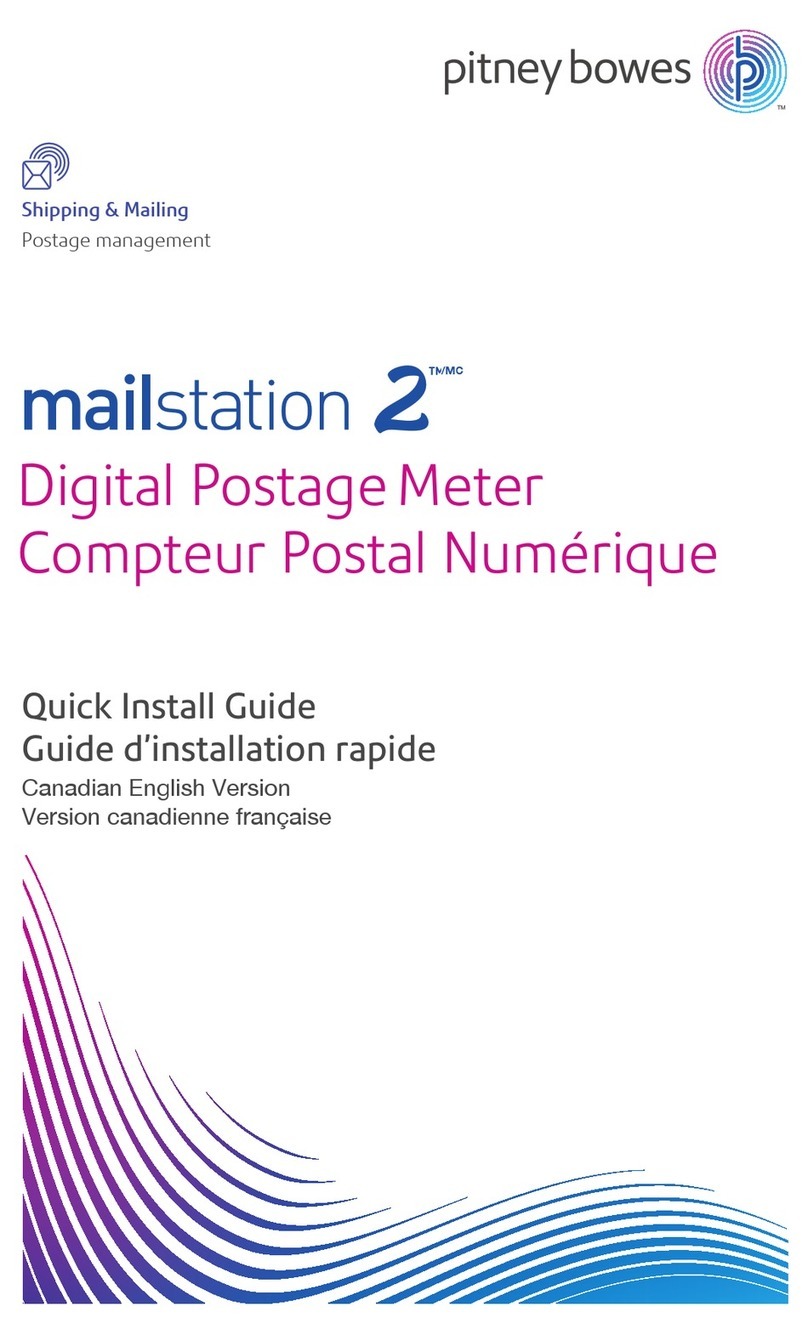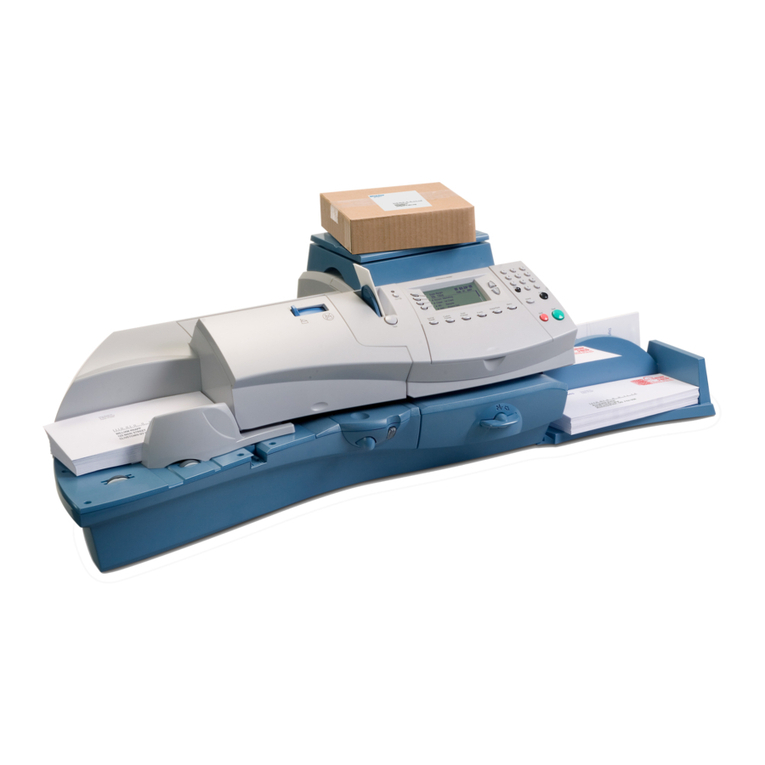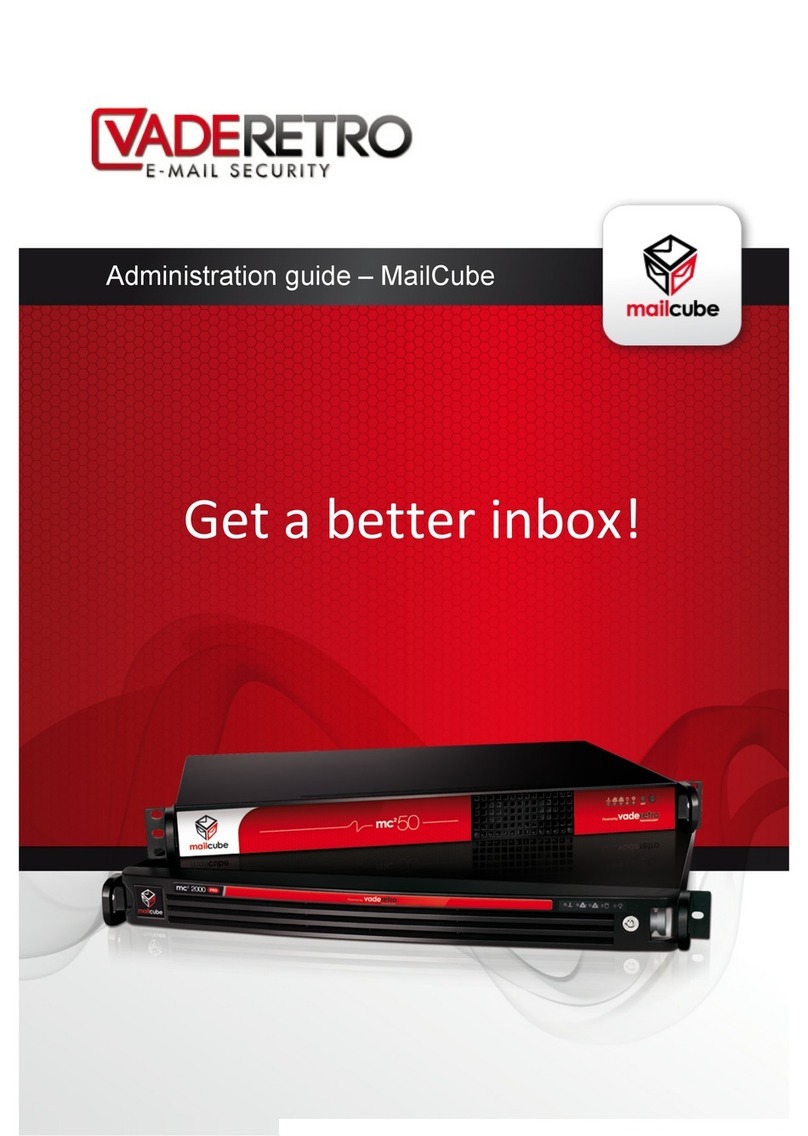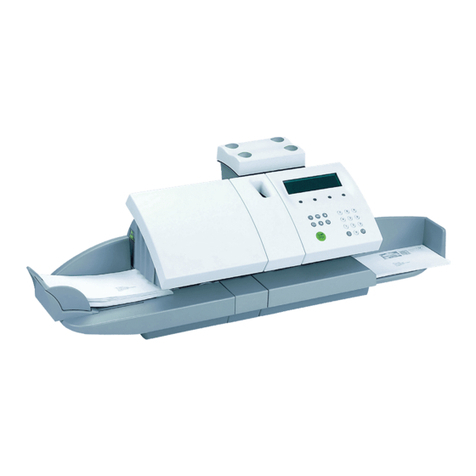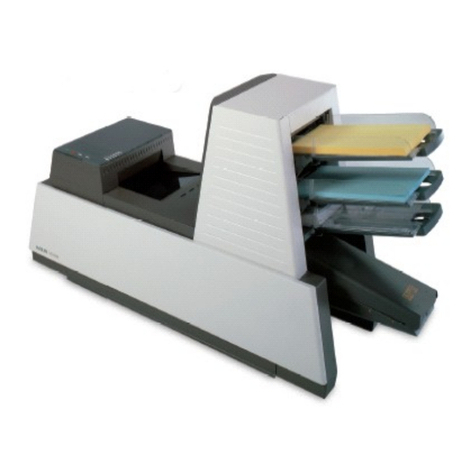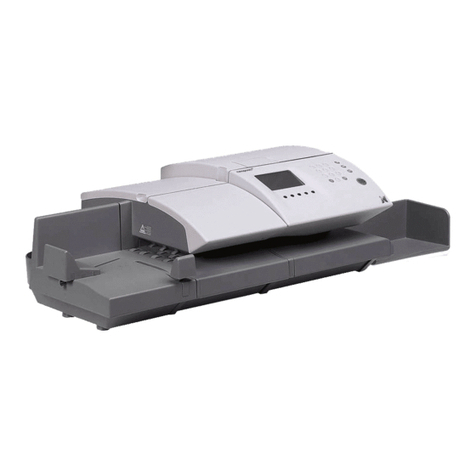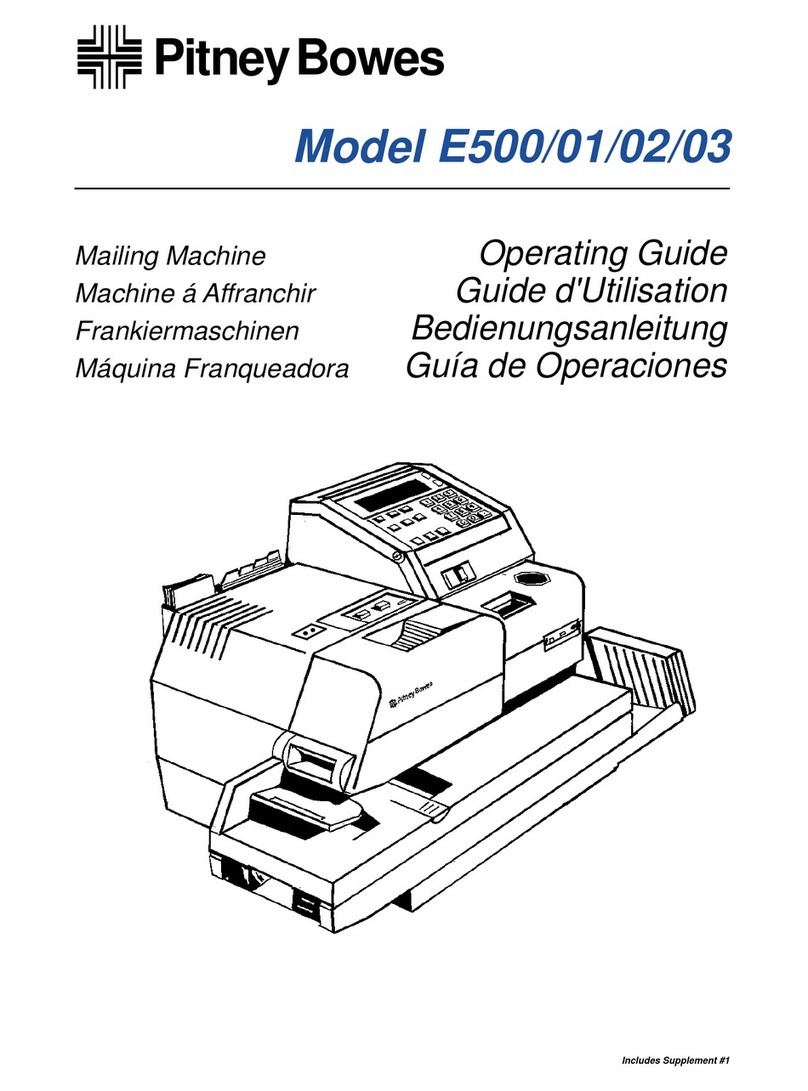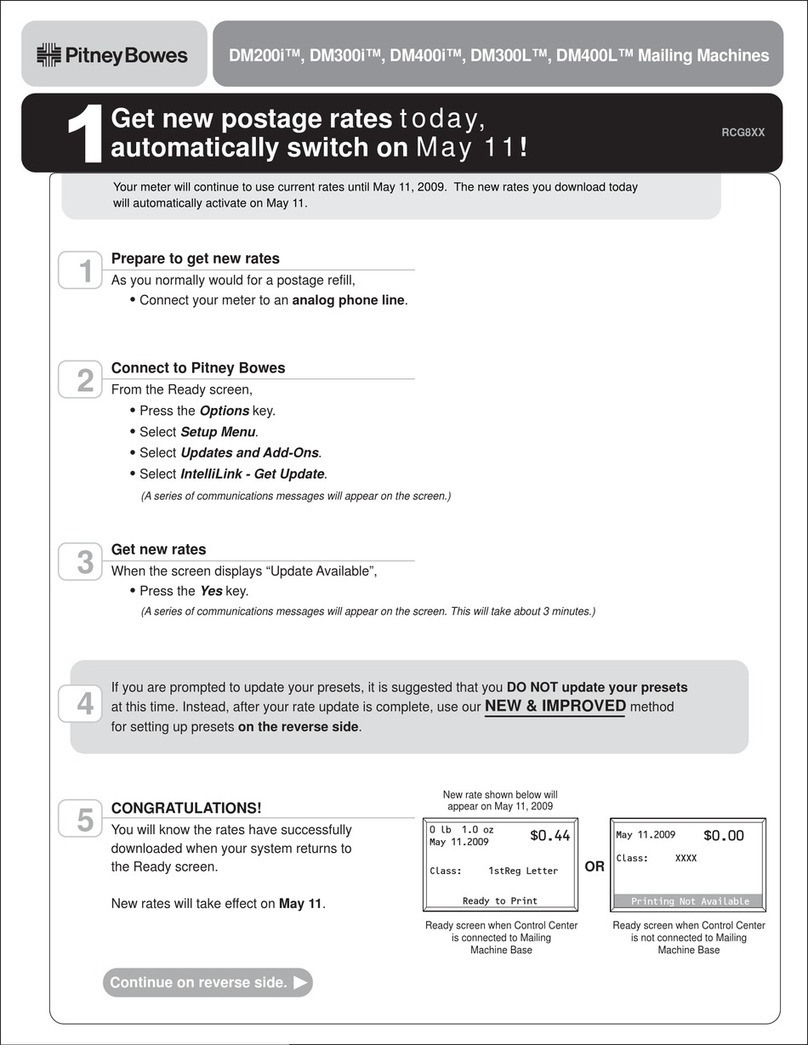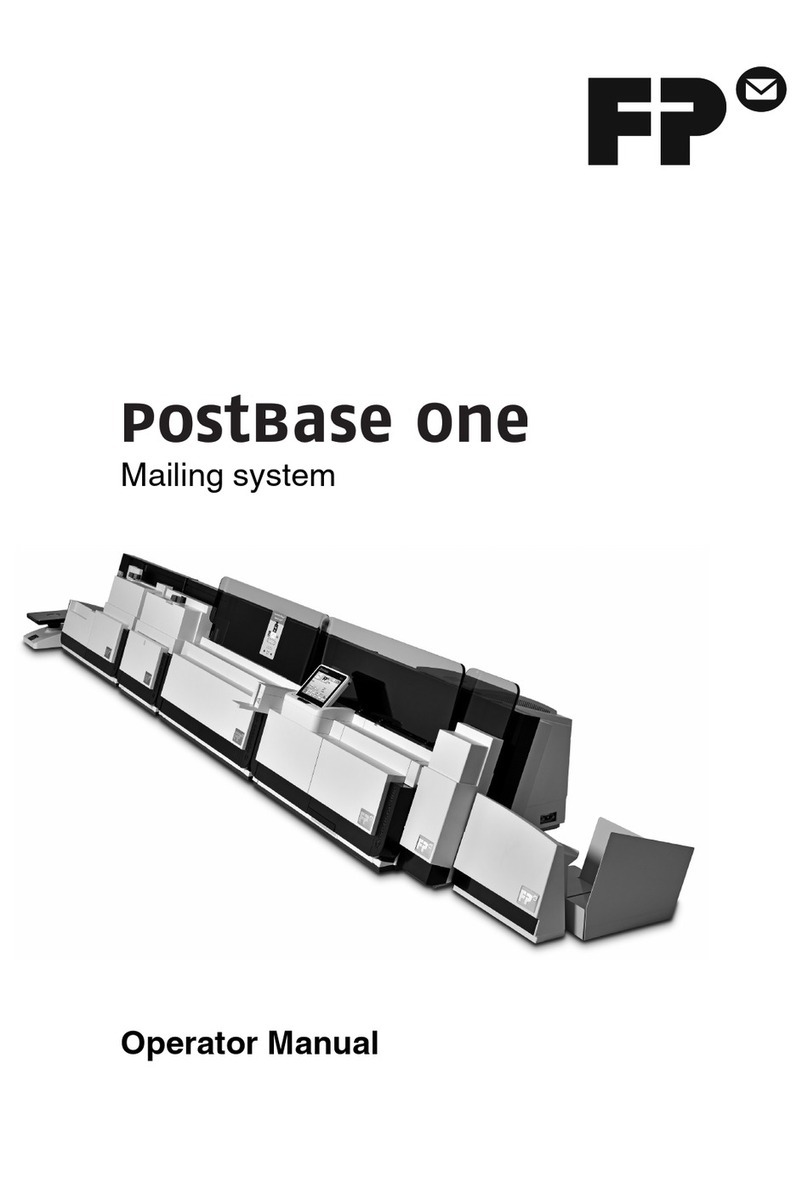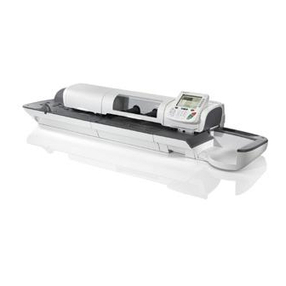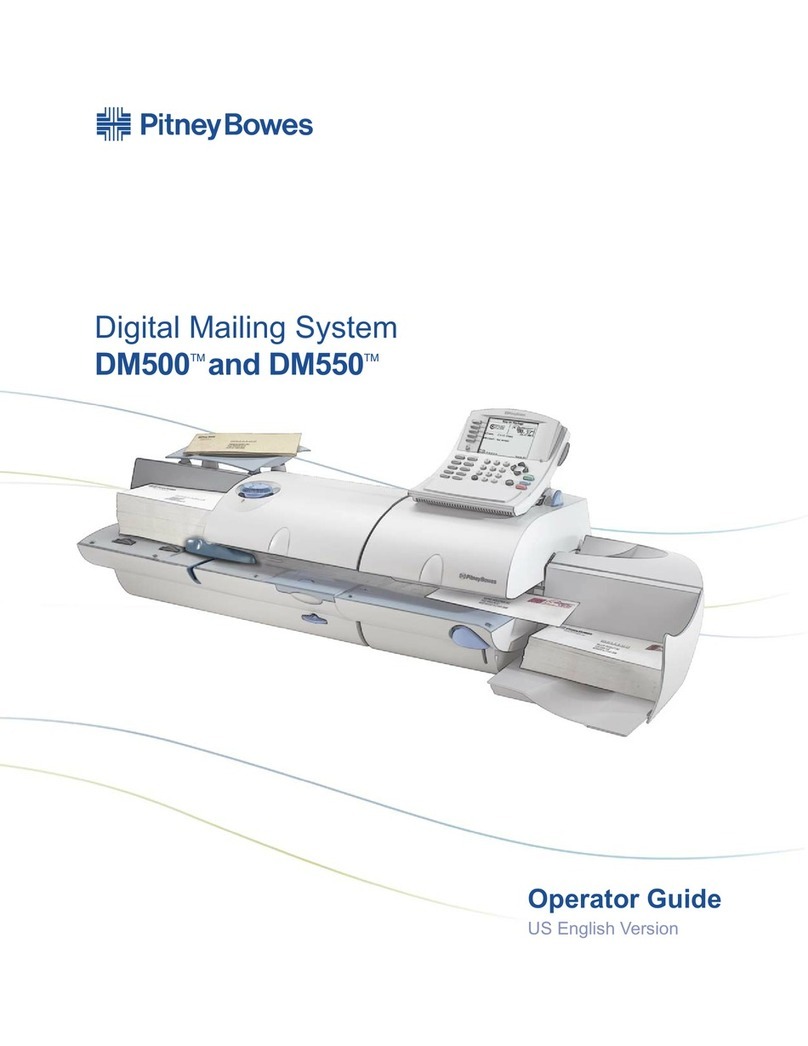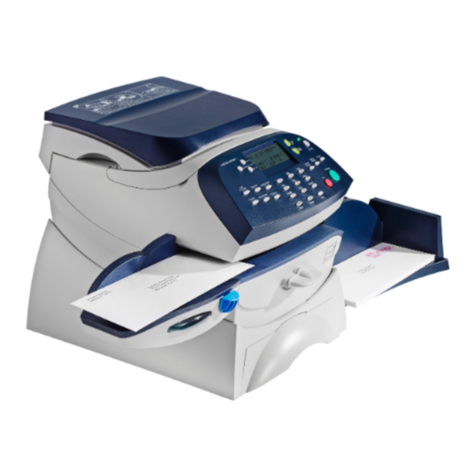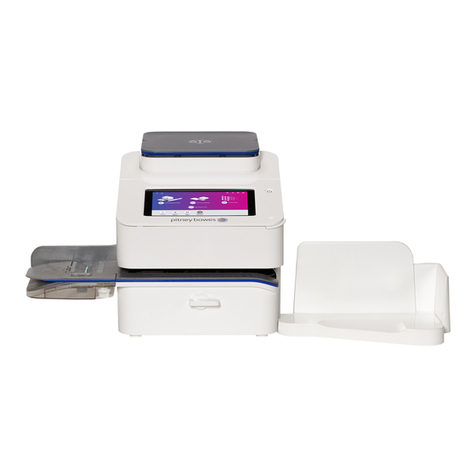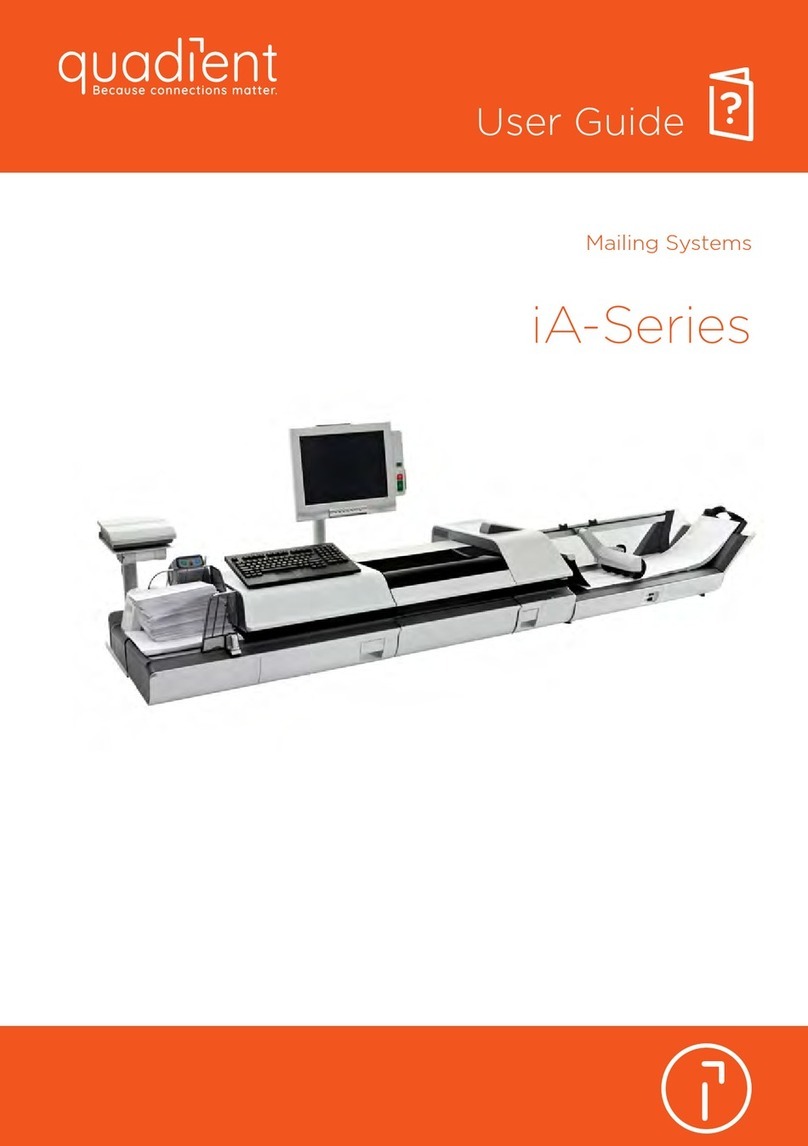
6Reports 133
6.1 Reports Overview ................................................................. 135
6.2 Generating a Report ............................................................. 137
6.3 Counter Data......................................................................... 138
6.4 Postage Data ........................................................................ 140
6.5 Funds Data ........................................................................... 143
6.6 Account Data ........................................................................ 145
6.7 System Data ......................................................................... 151
6.8 Advanced Reporting Reports ............................................... 152
7Online Services 155
7.1 Online Services Overview..................................................... 157
7.2 Connecting to Online Services ............................................. 158
7.3 Uploading Statistics .............................................................. 161
7.4 System Online Services........................................................ 162
7.5 eConfirmation Services........................................................ 163
8Configuring your Mailing System 169
8.1 Settings Overview................................................................. 171
8.2 Logging in / out as the Supervisor ....................................... 172
8.3 Changing the Display Language .......................................... 174
8.4 Enabling/Disabling Sounds .................................................. 175
8.5 Display Settings ................................................................... 176
8.6 System Time-outs and Settings........................................... 177
8.7 High Value, Low Funds Warnings and PIN Codes............... 179
8.8 Weighing Settings................................................................. 181
8.9 Postage Imprint Default Settings .......................................... 189
8.10 Imprint Memories .................................................................. 194
8.11 Default Sealing Mode ........................................................... 197
8.12 Connection Settings.............................................................. 198
8.13 Time and Date Management ................................................ 200
9Options and Updates 201
9.1 Options and Updates Process.............................................. 203
9.2 Using the Mailbox ................................................................. 204
9.3 Managing Options................................................................. 206
9.4 Managing Custom Text Messages ....................................... 208
9.5 Managing Ad Die ................................................................. 210
9.6 Managing Postal Rates......................................................... 212
9.7 Managing Permits................................................................. 214
9.8 Updating System Software ................................................... 216
10 Maintaining your Mailing System 219
10.1 Maintaining the Ink Cartridge ............................................... 221
10.2 Filling and Adjusting the Feeder Sealer................................ 227
10.3 Cleaning the Mail Path.......................................................... 229
10.4 Touchscreen Calibration....................................................... 233
10.5 Maintenance Processes ...................................................... 234
